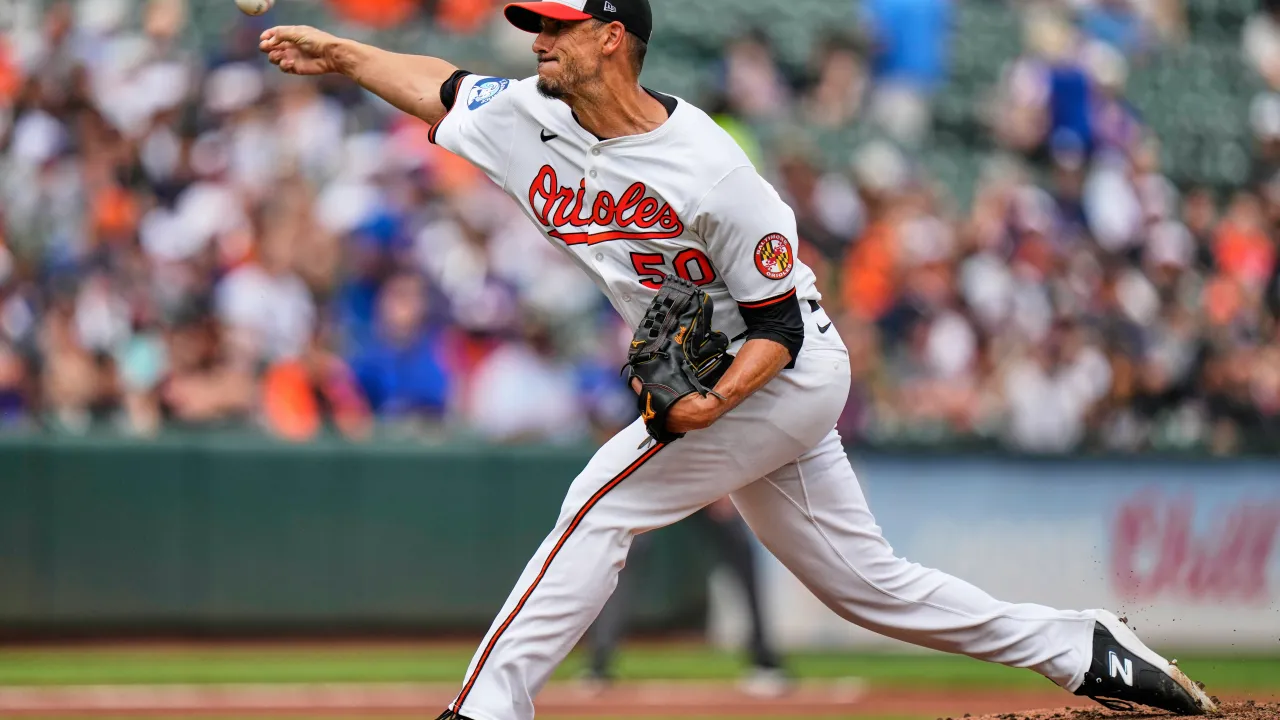
The landscape of Major League Baseball (MLB) is witnessing a transformative era, fundamentally altering how pitchers approach the game. Traditionally, a pitcher’s arsenal was defined by a diverse set of pitches—fastballs, sliders, curveballs, changeups, and more—to keep batters guessing. However, recent trends suggest a significant shift toward **velocity-focused pitching** coupled with a decline in the use of certain pitches like the curveball. This evolving strategic landscape is reshaping not only individual pitcher repertoires but also the broader dynamics of the sport.
The Decline of the Curveball: A Pitching Paradigm Shift
The Surprising Disappearance of a Classic Pitch
Once considered a cornerstone of a pitcher’s repertoire, the **curveball** is experiencing a decline in usage across MLB. According to a detailed analysis provided by U.S. News & World Report, the trend indicates that pitchers are increasingly opting to replace trickier, more deceptive pitches with rapid-fire fastballs.
This shift raises questions about the **effectiveness of the curveball** in modern baseball. While it has historically been known for inducing swings and misses, the velocity-centric approach appears to favor pitches that can be thrown harder, even if they lack the deceptive movement of traditional curveballs.
Reasons Behind the Decline
- Faster pitches are more difficult to time: Increasing fastball velocity makes it harder for batters to make contact, thereby reducing the necessity for breaking pitches like the curveball.
- Injury concerns: Increasing arm stress associated with throwing curveballs at high velocities may lead to more injuries, prompting pitchers and coaches to favor fastballs.
- Data-driven strategies: Modern analytics reveal that high-velocity fastballs yield better outcomes than many traditional off-speed pitches, incentivizing pitchers to focus on velocity.
Velocity Trends in MLB: A Deep Dive
The Rise of the Radar Gun
Over the past decade, there has been a **monumental increase in pitch velocities** across MLB. Exceptional pitchers are routinely throwing fastballs exceeding 100 mph, a feat once reserved for only a handful of elite athletes. The trend towards **velocity obsession** is evident, with teams investing heavily in training regimes designed to maximize arm speed and strength.
According to recent statistics, the median fastball velocity has steadily increased, reflecting both technological advancements in training tools and a strategic emphasis on speed as the primary weapon for pitchers.
Impact on Gameplay and Batting Strategies
This velocity surge has profound implications for the game:
- Reduced reliance on breaking balls: As fastballs become more dominant, hitters struggle to catch up, diminishing the effectiveness of pitches like the curveball and slider.
- Higher strikeout rates: The ability to throw high-velocity pitches often results in swing-and-miss scenarios, leading to increased strikeouts and shorter at-bats.
- Change in pitching styles: Teams are favoring power pitchers over crafty, control-based hurlers to capitalize on this trend.
The Future of Pitching in MLB
Will Curveballs Make a Comeback?
Despite their decline, **the curveball hasn’t disappeared entirely**, nor is it expected to vanish from the game completely. Many pitchers still leverage their curveballs as a complementary pitch—used selectively to disrupt timing. It’s possible that strategic blending—combining high velocity with deceptive movement—could rejuvenate the pitch’s relevance.
Balancing Velocity and Control
The modern pitcher’s challenge lies in **balancing raw velocity with command and control**. While the trend favors power, many coaches emphasize the importance of pitch placement and movement. Upcoming generations of pitchers are likely to develop hybrid approaches—incorporating high-velocity fastballs with enhanced off-speed pitches to keep hitters guessing.
Technological Advances and Training
Advancements in biomechanics, wearable tech, and video analysis enable pitchers to optimize their delivery for maximum speed while minimizing injury risk. These innovations will continue to influence the evolution of pitching styles and strategies in MLB.
Conclusion
The current “shakeup” in MLB pitching—marked by a decline in curveball usage and a surge in velocity—signifies a transformational period in the sport. While traditional pitches like the curveball still hold tactical value, the emphasis on **speed and power** reflects a broader trend towards maximizing physical capabilities to dominate at the plate.
As teams adapt to these changes, the game’s future will likely feature a blend of blazing fastballs and carefully executed off-speed pitches. The strategic interplay between these elements will continue to define baseball’s evolving landscape.
In summary:
- Velocity is becoming the defining metric for pitchers.
- Traditional pitches like the curveball are less frequently used, replaced by high-speed fastballs.
- Innovative training and analytics are shaping new pitching philosophies.
- The ongoing evolution promises a dynamic, exciting future for MLB fans and players alike.
For more updated news please keep visiting Prime News World.








